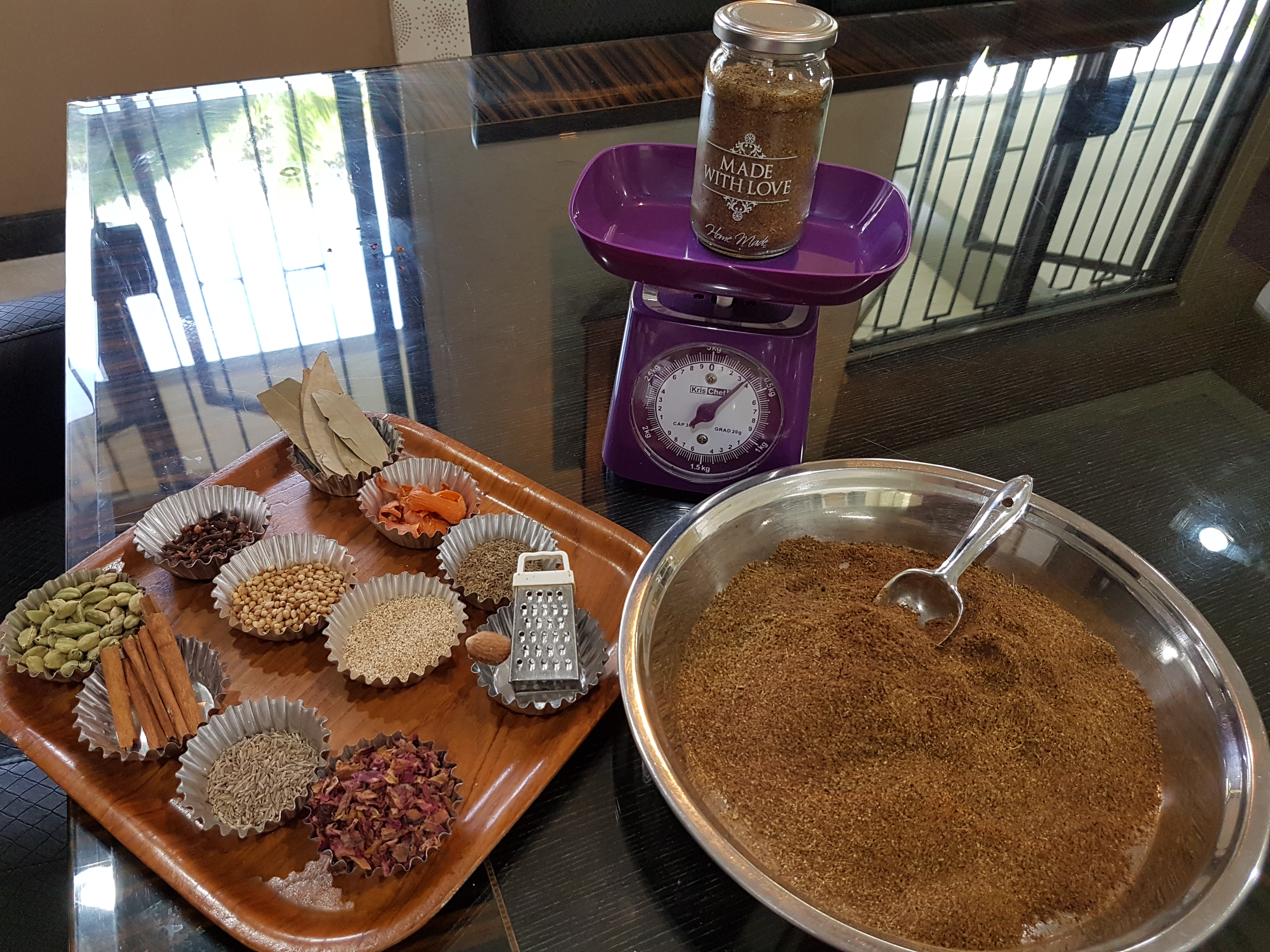
KUE PUTU AYU
The name KUE PUTU AYU, loosely translated means pretty putu cake.( I also call these snow cakes)
These pretty little cakes are very easy to make and come in the category of kue manis( sweet cakes)
The distinct topping of slightly salted grated coconut is the trade mark, and balances the sweetness of the kue perfectly.
Serve these at anytime of the day..people love them .
But traditionaly these are teatime treats.
No oil or butter is added, and steaming these takes hardly 15 mins.
Even after 38 years of living in Indonesia, I am still facinated with the way sweetmeats are created here like works of art. Delicate, pretty and oh so tasty.

Serve these warm, and if you have any leftovers, keep in the fridge, in an airtight container and consume within 24 hrs.
After reheating in the steamer .
Since this is the holi season, I have made these in pretty multi coloured hues.
Holi is the festival of colours and celebrated with great gusto by indians by playing with water spray guns, vibrant colour powders rubbed into each other faces, and water balloons. The streets of India on the day of Holi look colourful , with people having fun.

Kue Putu Ayu..recipe with egg
STEP 1.
Mix 400 gms peeled grated coconut with 1/2 tsp salt and 2 tbsps cornflour.
Steam the coconut in a bowl for 15 mins.
Next,
Take about 20 small moulds, grease them very lightly and press grated coconut tightly into the grooves., keep aside.( pictures given below)
Pre heat the steamer, and cover the lid with a kitchen napkin, to prevent steam droplets from dropping onto the cakes.
.
STEP 2
In a mixing bowl add:-
2 whole eggs
175gms sugar
1/2 tsp emulsifier ( optional)
Whisk the above till sugar dissolves and eggs are fluffy and stiff.( I used an electric beater, it took me about 10 mins)
Add 2 tsps of vanilla essence.
Beat once more.


STEP 3
Sift together 200 gms of flour and 1/2 tsp baking powder. ( add 1/4 tsp baking soda incase you are not adding the emulsifier)
STEP 4
Mix together 75ml of thick coconut milk with 125 ml of water.
( I used coconut milk from a tetra pack.)
Step 5
Add flour and coconut milk alternately to the beaten eggs and sugar.
Mix at a very low speed.
Divide the mixture into as many colours of cakes you want.
I divided into 4 bowls and added 4 different colours, blue, pink, purple and green.
Now spoon the mixture into the prepared moulds.( I used plastic moulds )
And steam for 15 mins.

Done, they come out very easily.
Serve with a hot cup of coffee.
Very pleasing eye candy, and very light to eat too. Do try these.
EGGLESS KUE PUTU AYU
STEP 1.
Mix 200 gms peeled grated coconut with 1/4 tsp salt and 1 tbsps cornflour.
Steam the coconut in a bowl for 15 mins.
Next,
Take about 10 small moulds, grease them very lightly and press grated coconut tightly into the grooves., keep aside.( pictures in comments)
Pre heat the steamer, and cover the lid with a kitchen napkin
.
In a bowl add 100 gms sugar
75ml water
75 ml coconut milk( I used a tetra pack)
Whisk everything together until sugar disolves.
Add 100 gms flour
1/2 tsp baking powder
1/4 tsp baking soda.
And mix well till no lumps remain.
Divide the batter into 3 or 4
Add colouring and mix gently.
Pour into moulds and steam for 15 mins.
Done.













































